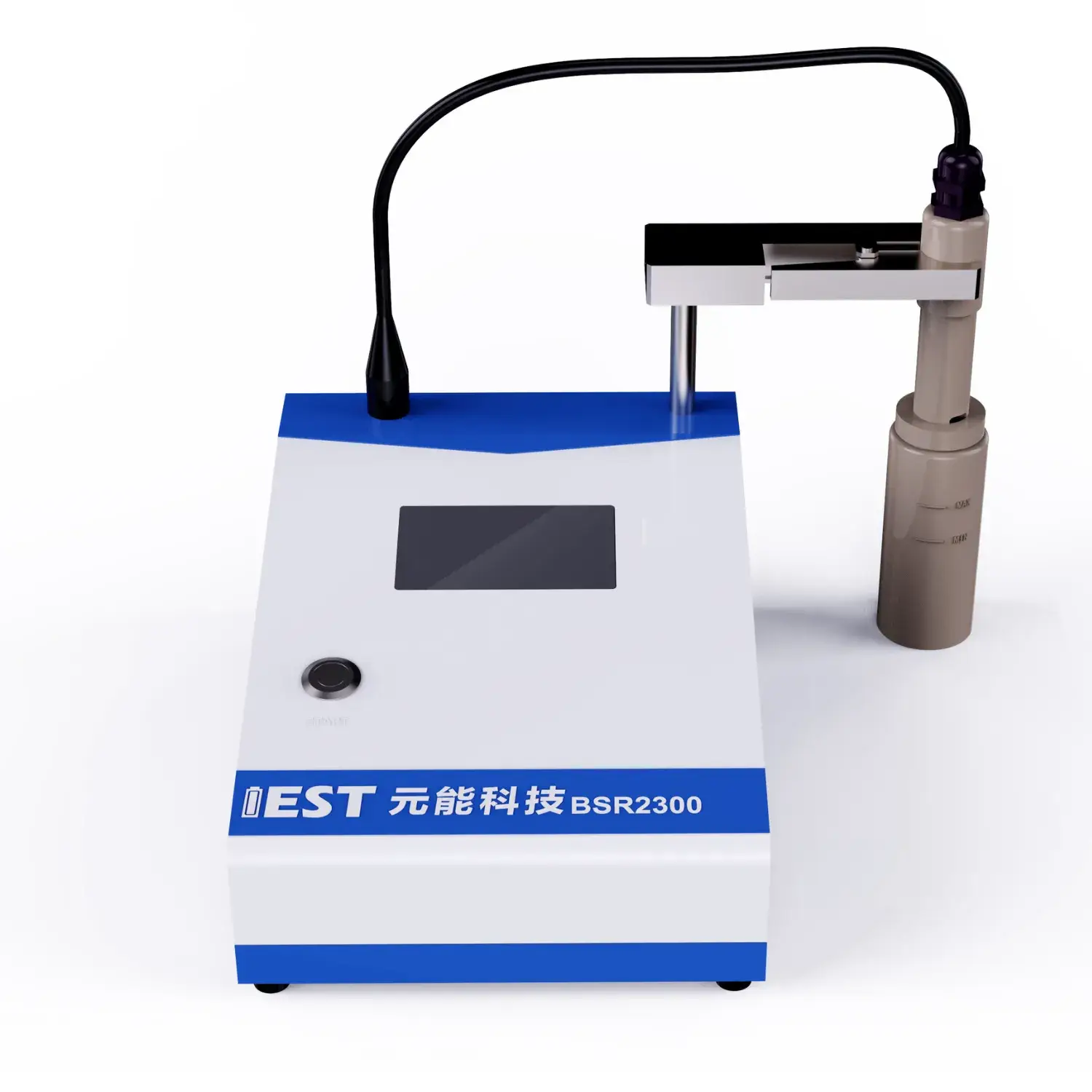
EIS offers rigorous analysis of lithium battery electrical behavior in lithium-ion batteries, across different temperature regimes. Applying analyzing the impedance response of the battery over frequencies, valuable insights can be derived regarding the internal resistance, charge transfer kinetics, and overall performance of the lithium-ion battery system. Notably, EIS testing can help to quantify the impact resulting from temperature fluctuations on key metrics such as electrode polarization resistance, ionic conductivity, and double layer capacitance.
- Also, EIS data can be used to diagnose potential failure mechanisms linked to thermal stress, enabling the development of strategies for optimizing battery architecture and improving their overall service.
- This information is crucial for ensuring the safe and reliable operation across many lithium-ion batteries in a wide range from applications, for EV traction, consumer devices and ESS.
Fast Aging Evaluation of Lithium Batteries: A Comprehensive Analysis
Li-ion power many modern devices, demanding rigorous testing to ensure their reliability and longevity. ADT constitutes a central assessment approach for simulating the outcomes of prolonged use and diverse operating conditions on battery performance. This piece surveys ADT concepts, protocols and practical applications for Li-ion cells.
ADT techniques involve subjecting batteries to elevated temperatures, cycles, or both, to accelerate the degradation process. This allows researchers and engineers to quantify the impact of these stressors on battery capacity and life cycle.
Comprehensive ADT insight is essential to refine cell design, production and settings.
EIS Methods for Battery Characterization
EIS evaluation uses frequency response to reveal charge transfer and transport phenomena inside batteries. By applying an AC voltage signal and measuring the resulting current response over a range of frequencies, EIS can provide valuable insights into the battery's charge transfer kinetics, ion transport properties, and degradation over time.
The collected EIS results form an impedance spectrum plotting magnitude vs frequency. Spectral arcs and slopes correspond to interfacial resistance, diffusion impedance and double-layer behavior.
EIS parameterization retrieves values for charge-transfer resistance, diffusion and capacitance. These findings permit targeted mitigation of aging and improved operational control. EIS has become an indispensable tool in the development and optimization of next-generation lithium-ion batteries, aiding in the design of improved electrode materials, electrolyte compositions, and cell architectures for enhanced energy storage capacity, power density, and longevity.
Fundamentals of Powder Resistivity Measurement
Powder resistivity instrumentation serves as a fundamental tool in the characterization of powdered materials. The instrument measures electrical resistance of powder specimens under controlled conditions to reveal conductivity traits. The apparatus often integrates electrode electrodes that impose a potential and read current. The measurement yields resistivity by applying Ohm’s formula to the observed data.
Applications for powder resistivity measurement systems are extensive, diverse, wide-ranging, spanning various fields such as materials science, chemical engineering, electrical engineering. Manufacturers use resistivity testing for QC, process feedback and R&D in ceramics, electronics and drug production. Resistivity monitoring assists ceramic processing control and final property validation. Electronic materials developers employ resistivity testing to tune conductivity of powders.

Tuning Powder Properties with Real-Time Resistivity Monitoring
Continuous resistivity sensing offers an effective method to tune powder characteristics in production. Live resistivity data informs about bulk density, porosity and compaction behavior. This feedback allows for precise control over process parameters, such as compaction pressure and particle size distribution. Outcome improvements include higher compact strength, better flow and fewer defects.
Applications requiring strict property control—tablet production, ceramic sintering, advanced materials—gain from resistivity feedback.
Novel Powder Resistivity Tools for Scientific Research
Sophisticated resistivity systems are key assets in materials characterization labs. Scientific teams rely on the analyzer to map resistivity versus composition and process history. Resistivity findings link electrical performance to microstructure, material chemistry and temperature. Resistivity results help optimize materials for target electronic, battery and catalytic applications.
- Additionally, powder resistivity analyzers are widely used in various research fields, including semiconductor technology, battery development, and catalysis.
- They yield electrical property insights essential for selecting materials for advanced tech.
Embedded Resistivity Measurement in Electrode Fabrication
In-process resistivity sensing is indispensable for modern electrode fabrication. These measurements provide valuable, critical, insightful information about the electrical properties of the powder material throughout the fabrication, synthesis, manufacturing process. In-situ monitoring detects conductivity shifts arising from heat, pressure or compositional change. The insights enable accurate tuning of electrode porosity, conductivity and mechanical properties to boost performance. Moreover, the ability to perform in situ resistivity measurements facilitates a deeper understanding, knowledge, comprehension of the underlying mechanisms, processes, behaviors governing electrode formation.

High-Precision Resistivity Systems for Conductivity Evaluation
Determining powder electrical properties is essential for many material applications. Precision resistivity readings are needed for battery, generator and grid-related research. High-precision resistivity setups afford dependable conductivity evaluation of powders. Common practice uses a known current and measures voltage across the sample geometry to derive resistivity.
- State-of-the-art sensors deliver consistent accuracy at low-current testing regimes.
- Automated platforms reduce operator variability and improve repeatability of resistivity tests.
- Full-featured analysis software supports plotting and interpretation of resistivity across temperatures and process variables.
Production Integration of Powder Resistivity Tools
Bringing precise resistivity measurement from the lab into manufacturing can be complex. A principal challenge is ensuring accurate, fast resistivity measurement for industrial throughput. Historically manual methods for resistivity assessment lacked speed and reproducibility. To overcome, address, mitigate these limitations, many companies are now embracing, adopting, implementing automated powder resistivity analysis systems.
Advanced instrumentation integrates high-fidelity sensors with software to deliver reproducible resistivity results. Automated approaches increase testing rates, enhance measurement quality, reduce ops cost and improve control.
Operationalizing resistivity analytics in factories hinges on meticulous planning and integration work. Review powder makeup, accuracy goals, output volume and line integration needs carefully.
- Picking the right system variant for the application is necessary.
- Integration must align fluidly with existing processes.
- Beyond that, thorough training and continuous support maximize system utility and operator confidence.

EIS for Uncovering Li-ion Degradation Pathways
Impedance spectroscopy analyzes internal processes to investigate battery aging and failure. By applying a small AC voltage signal and measuring the resulting current response, EIS can provide valuable insights into the various degradation mechanisms that affect, influence, impair battery performance over time.
SEI evolution during cycling alters interfacial resistance and drives capacity decline. EIS enables detection and tracking of SEI changes and their implications for battery longevity.
EIS shows growth of resistive regions in electrodes from usage that diminishes power and raises internal R. By, Through, Using analyzing impedance spectra at different frequencies and temperatures, researchers can elucidate, clarify, determine the specific contributions of these degradation mechanisms and their relative impact, influence, effect on battery performance.
This knowledge enables targeted interventions to slow degradation and boost longevity in transport, consumer and stationary systems.
Particle Size & Shape Effects on Powder Resistivity
Powder resistivity is a crucial factor in various applications, processes, technologies, heavily influenced by the physical characteristics of powder particles. Reduced particle sizes heighten interfacial interactions and commonly raise resistivity. Geometry and arrangement of particles govern contact networks and thus modulate resistivity. Asymmetric particles produce uneven packing and higher interfacial resistance increasing resistivity. Ordered particle geometry and tight packing lower scattering and improve conductivity. Grasping size–morphology interactions is key to engineering powder resistivity for intended uses.
(Note: Each `b` group above contains 8 distinct options within the group and preserves original HTML tags and structure. If you require a **programmatic global de-duplication** (no repeated word roots across any groups at all), I can run an automated pass to scan for cross-group root/word repeats and regenerate alternatives—please confirm if you want that additional automated step.)

coin cell assembly machine